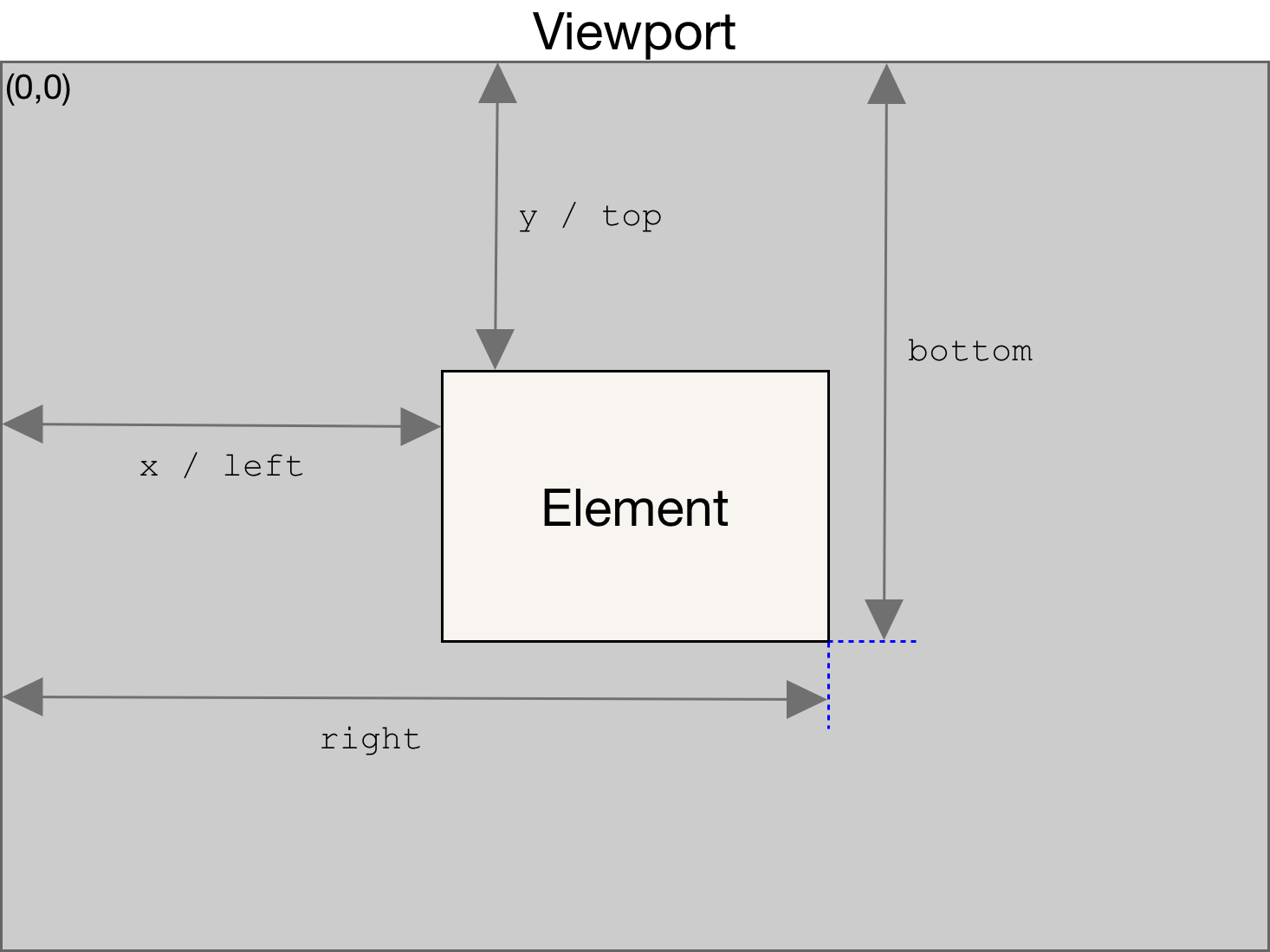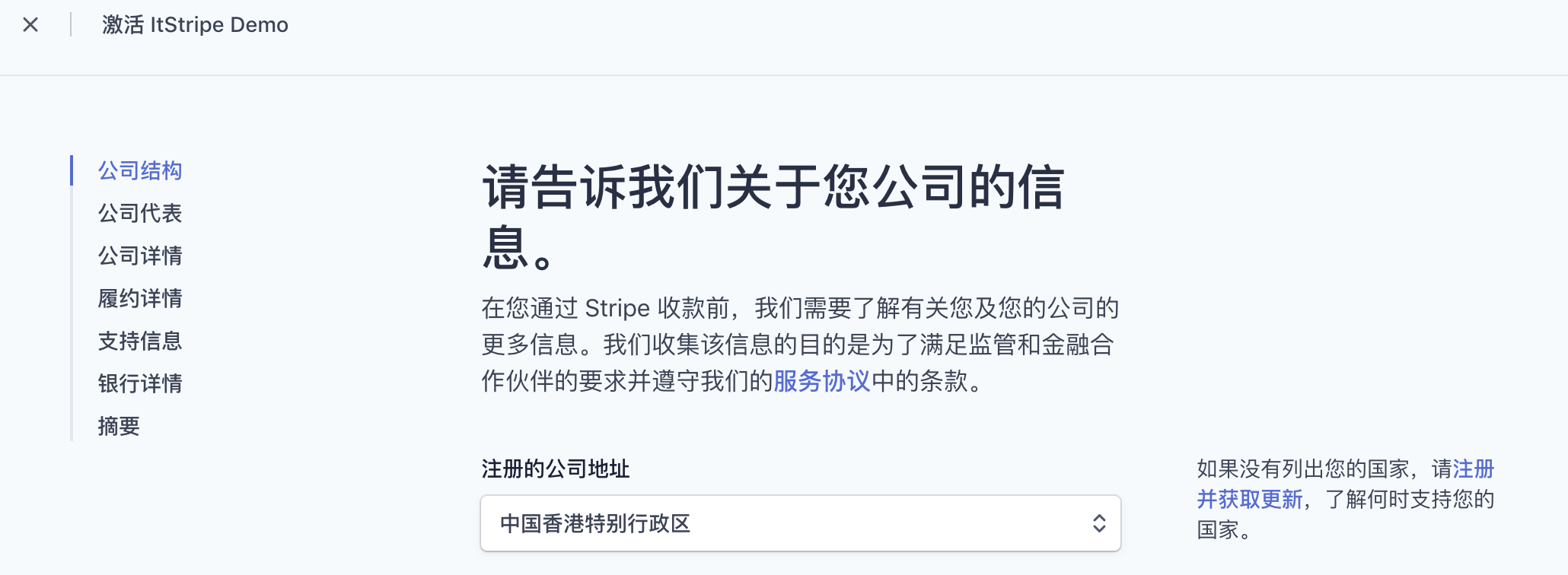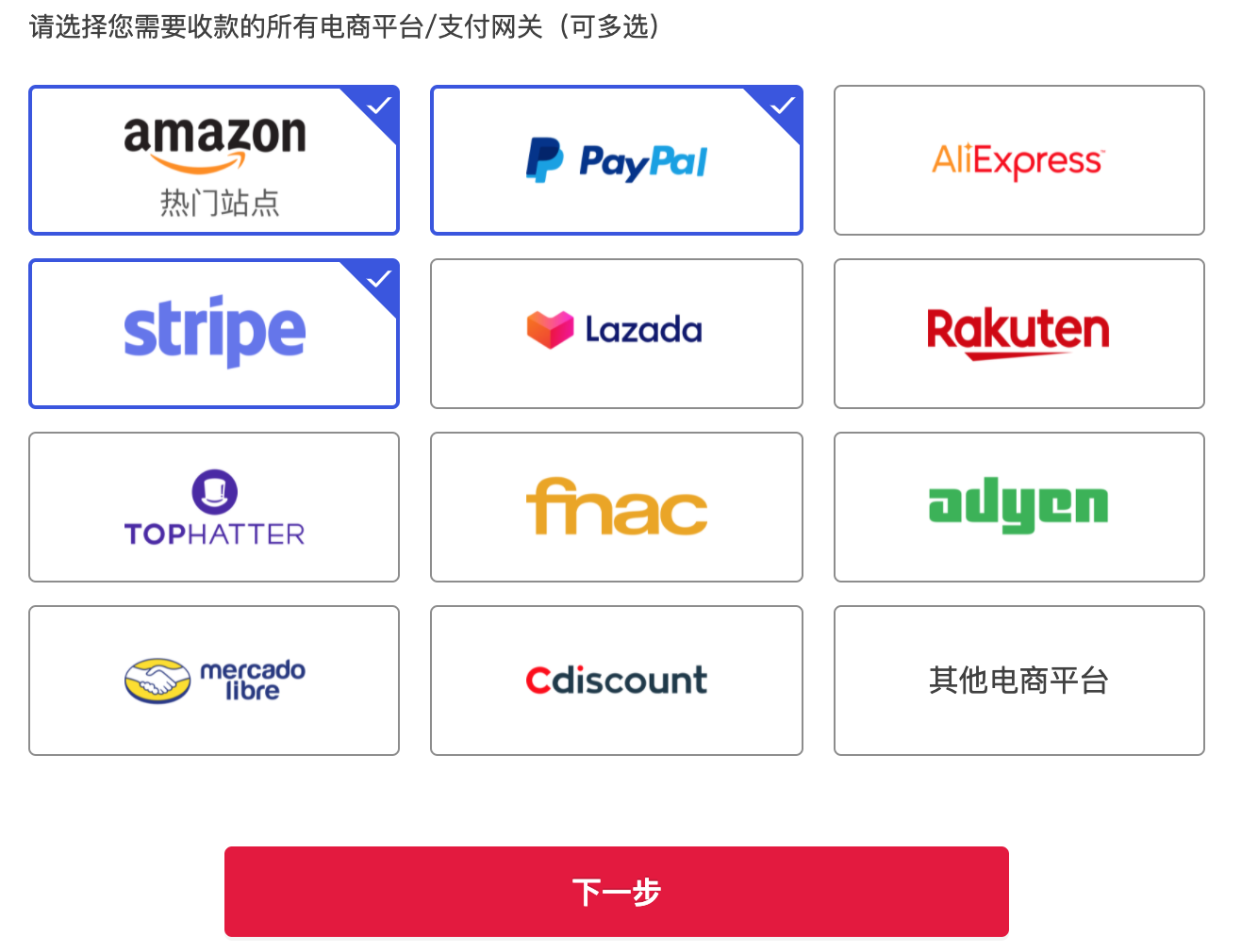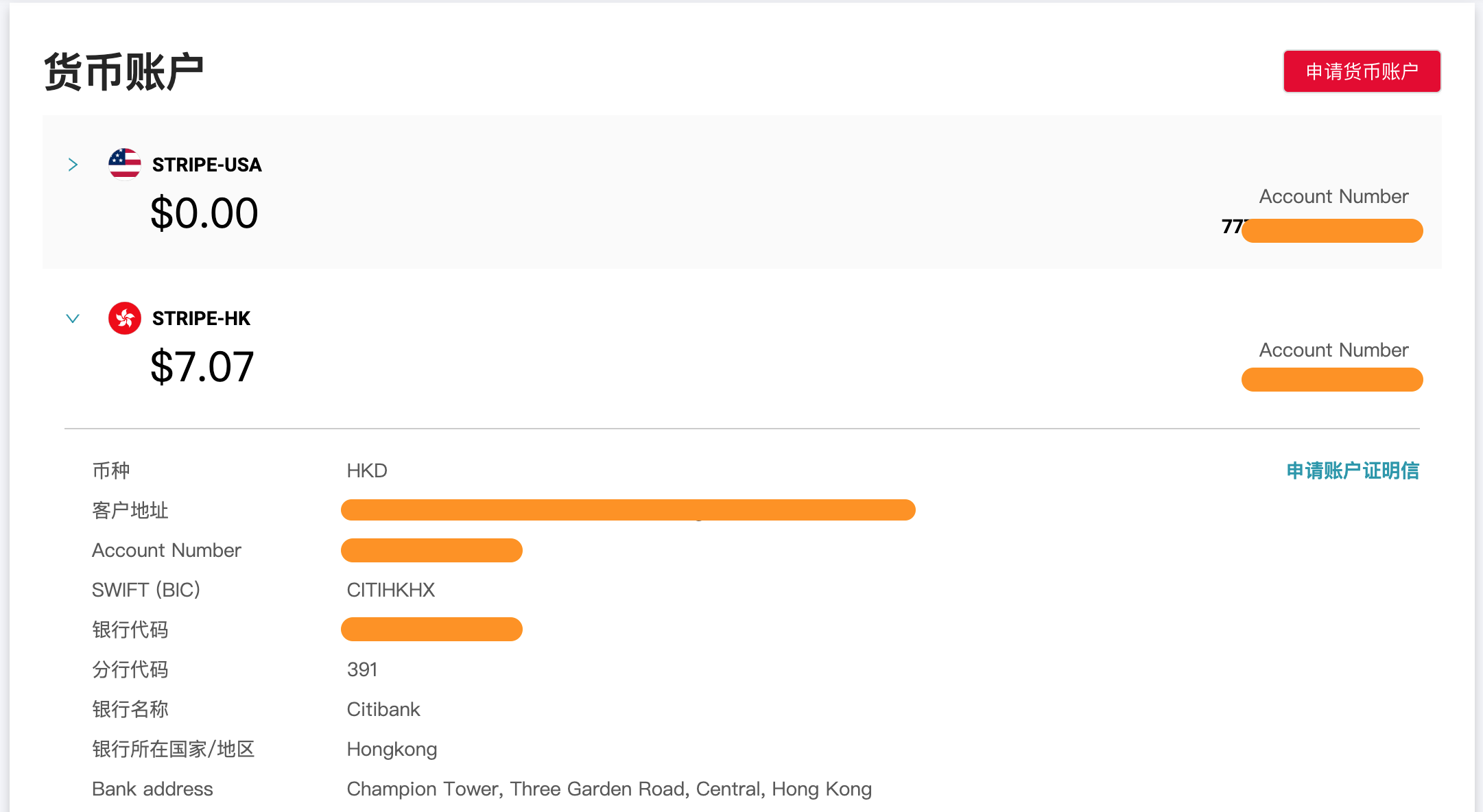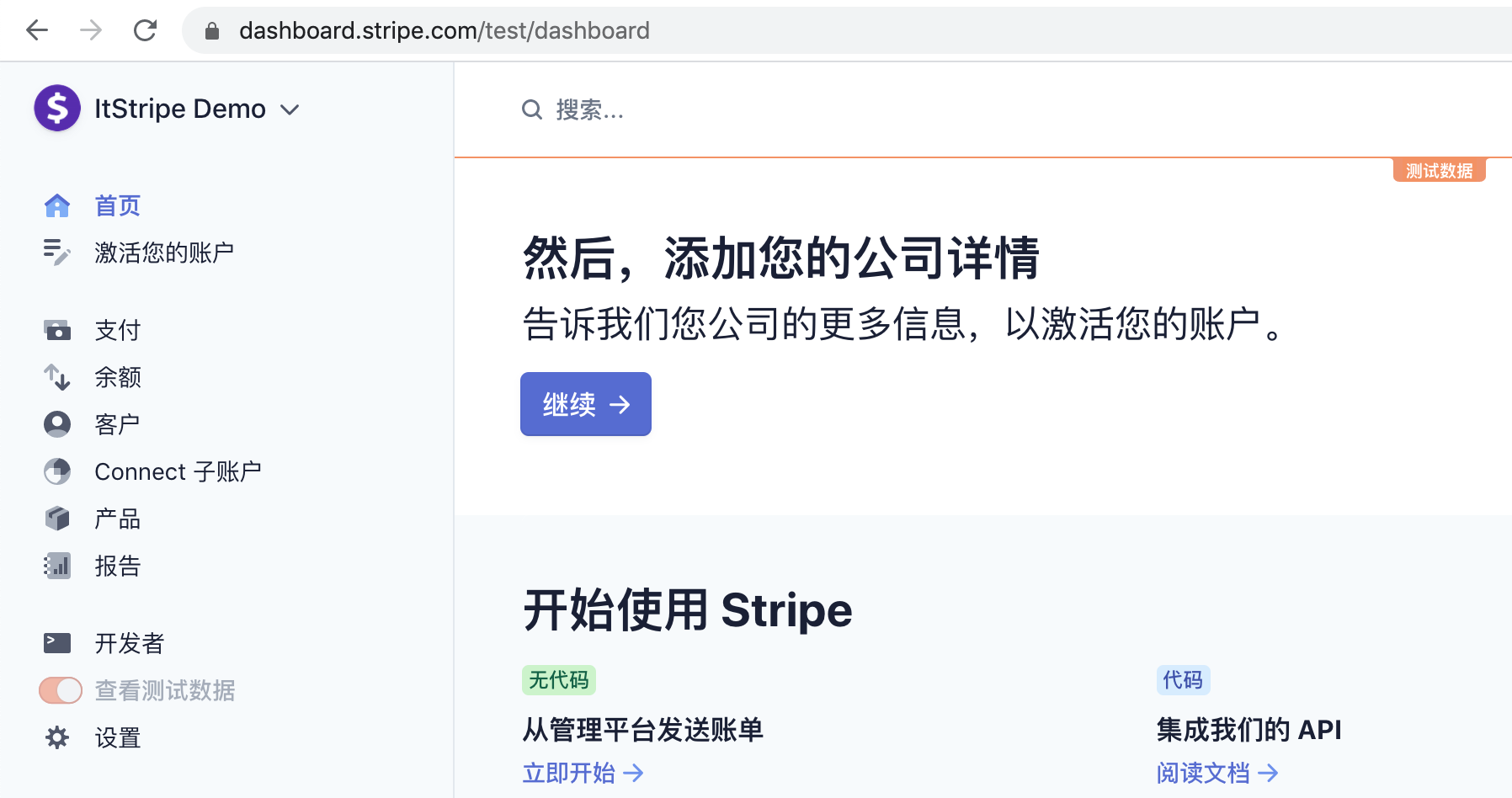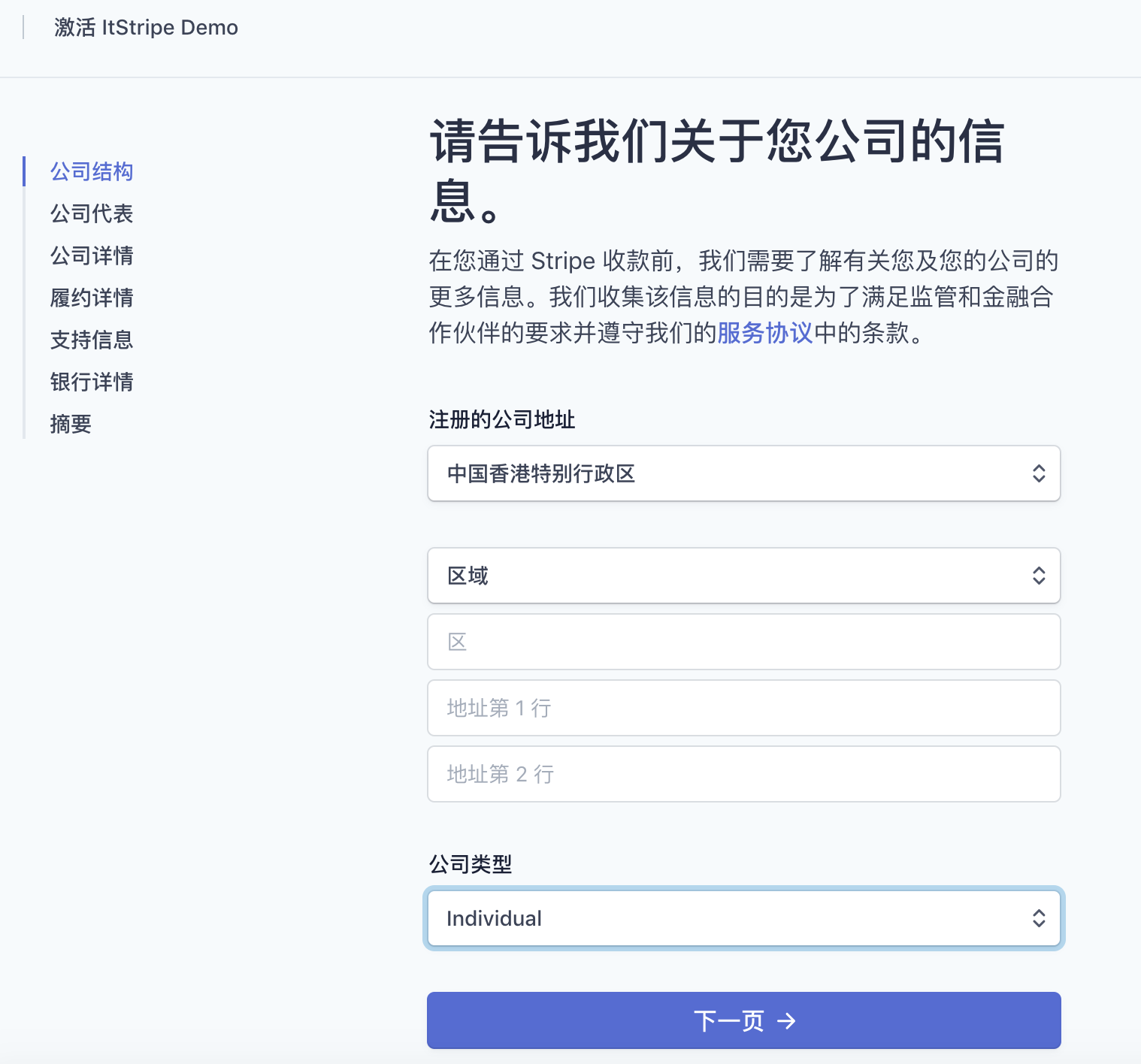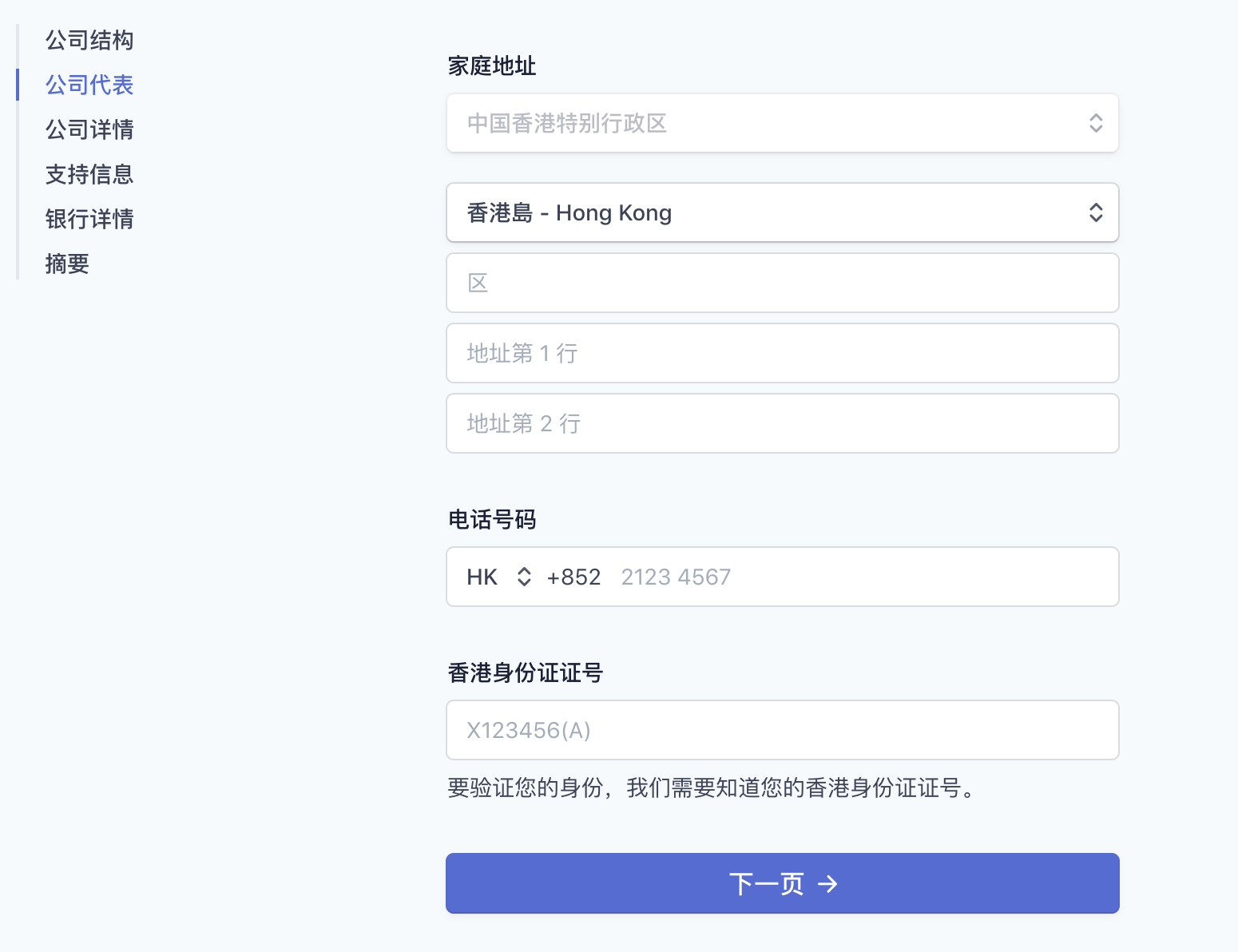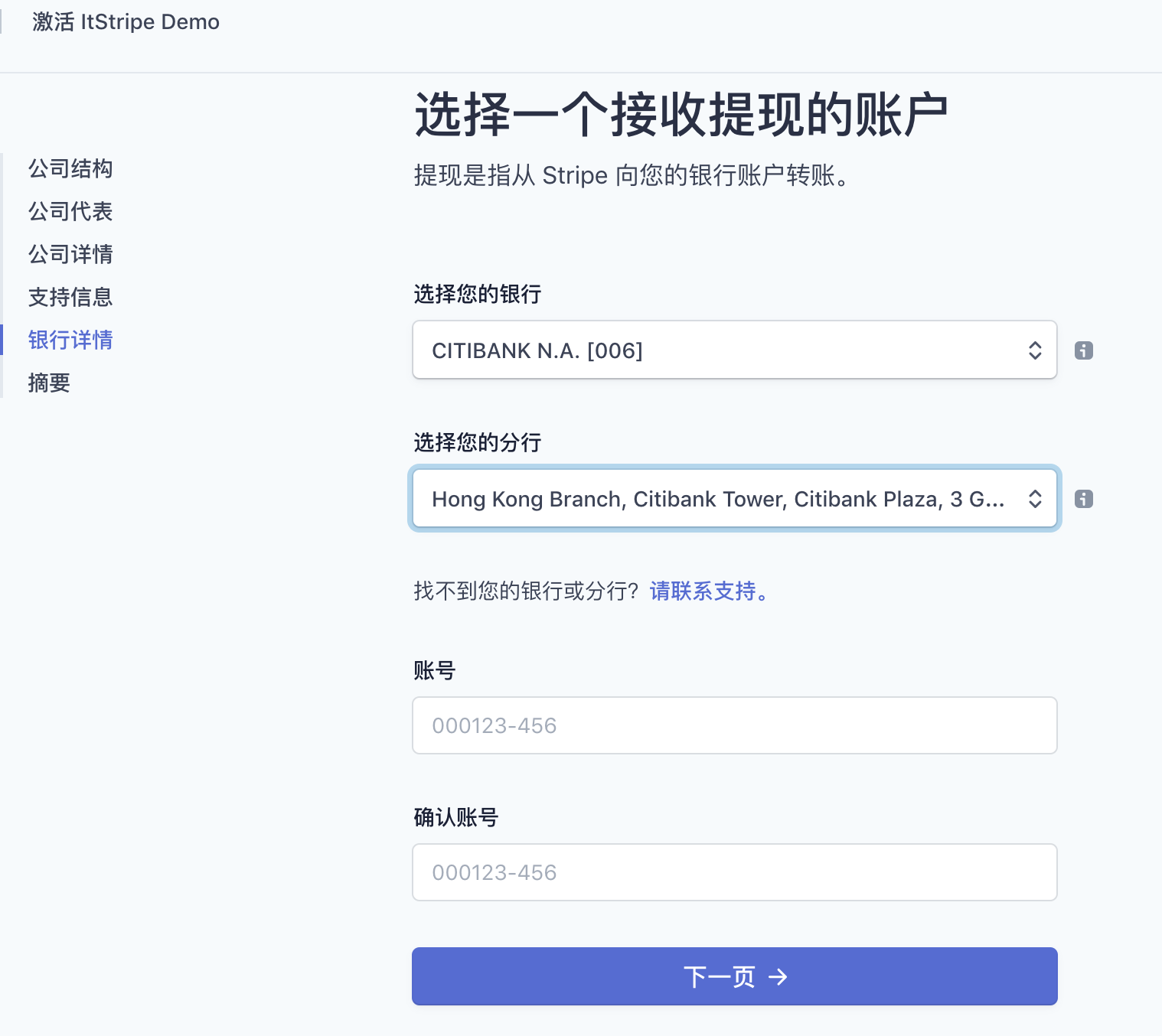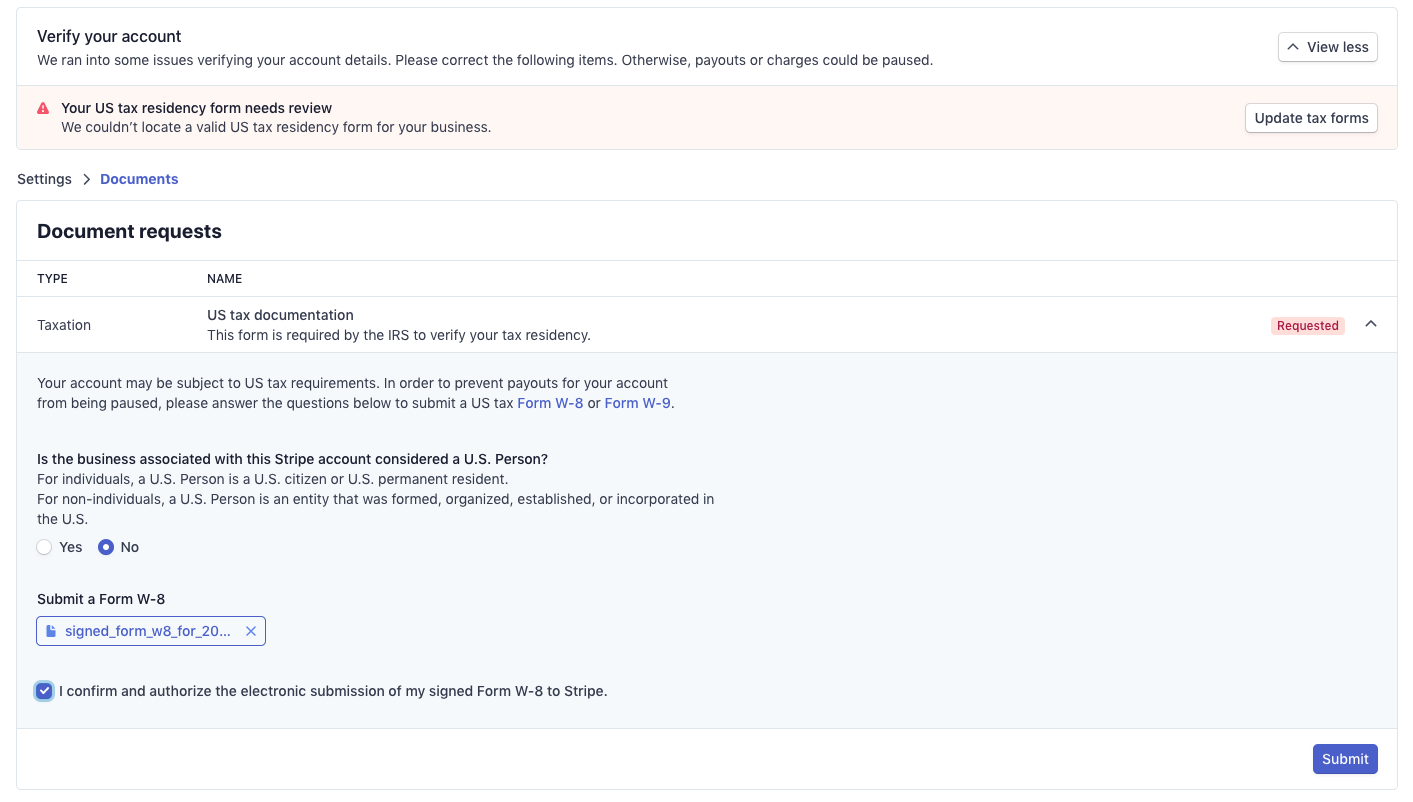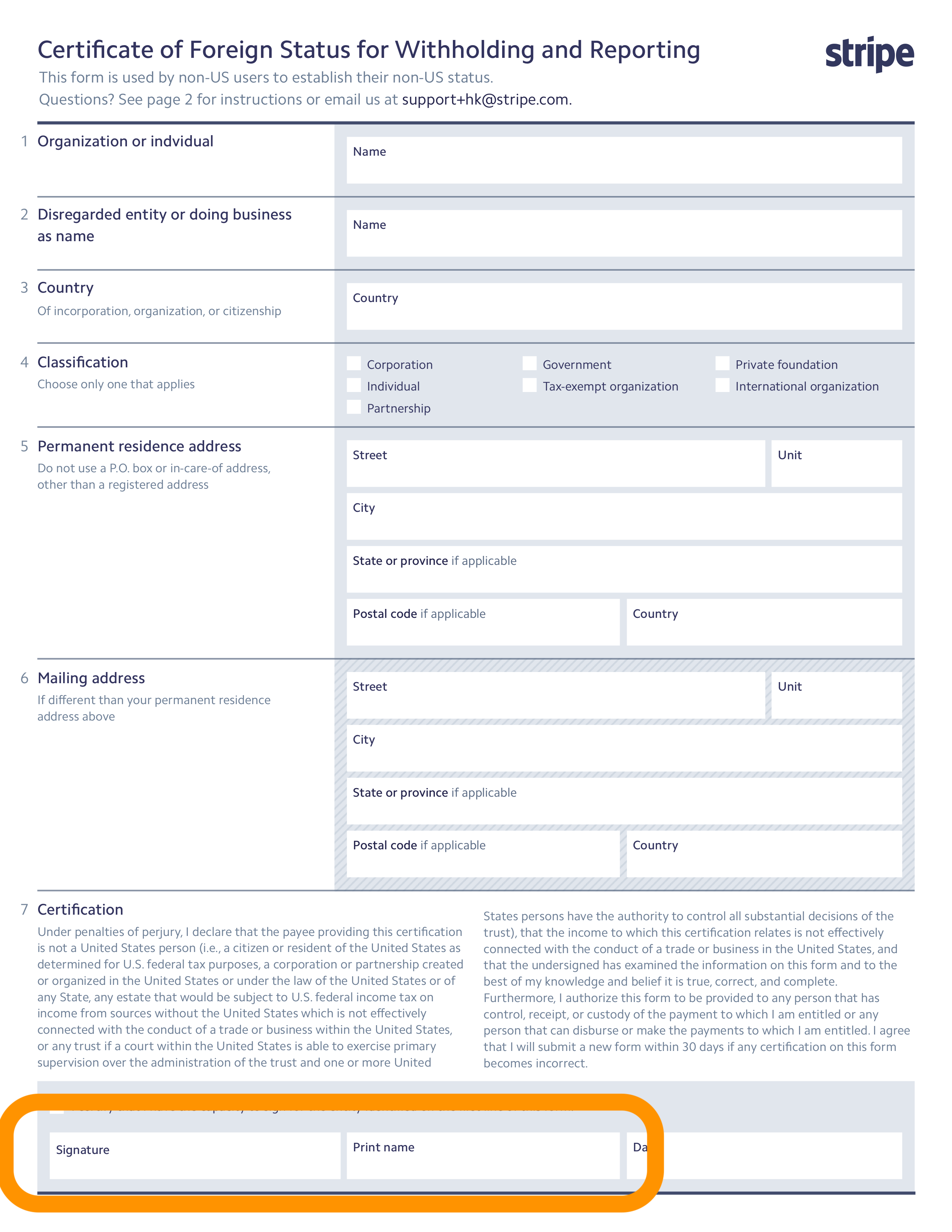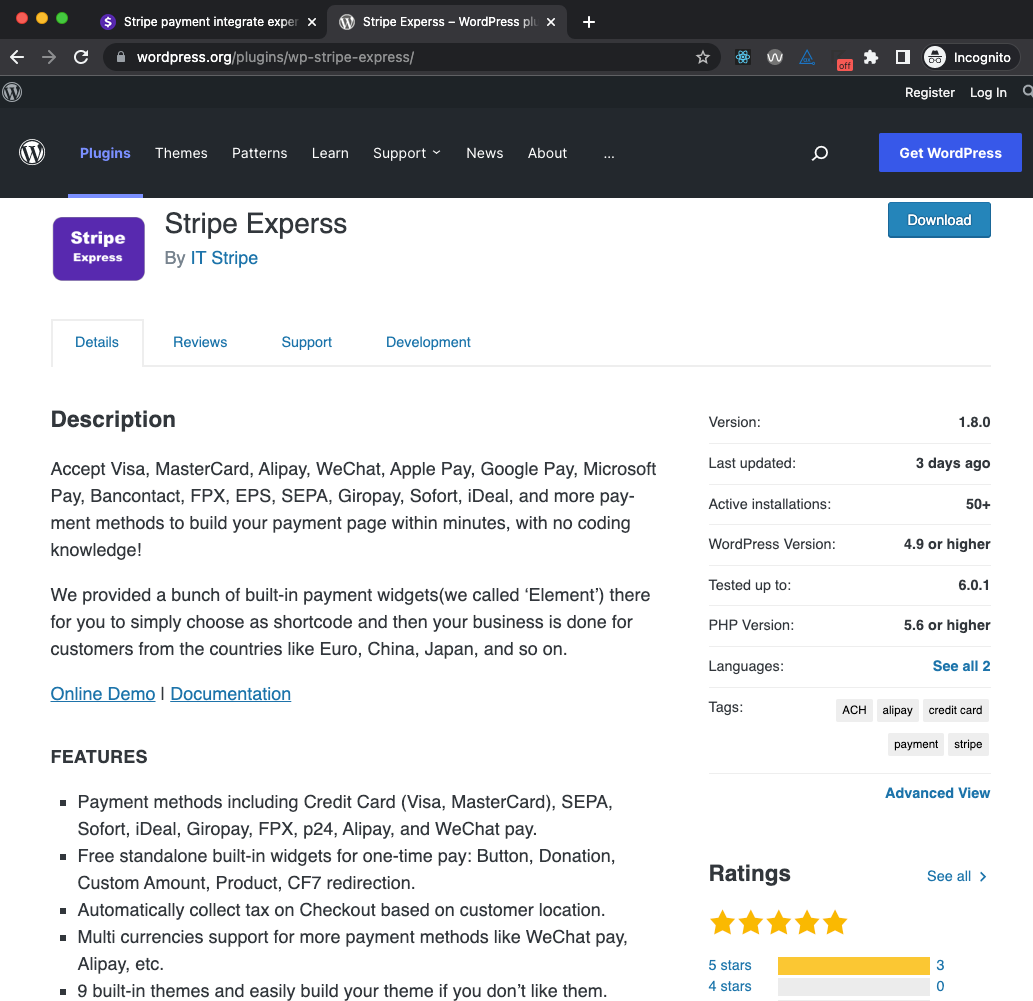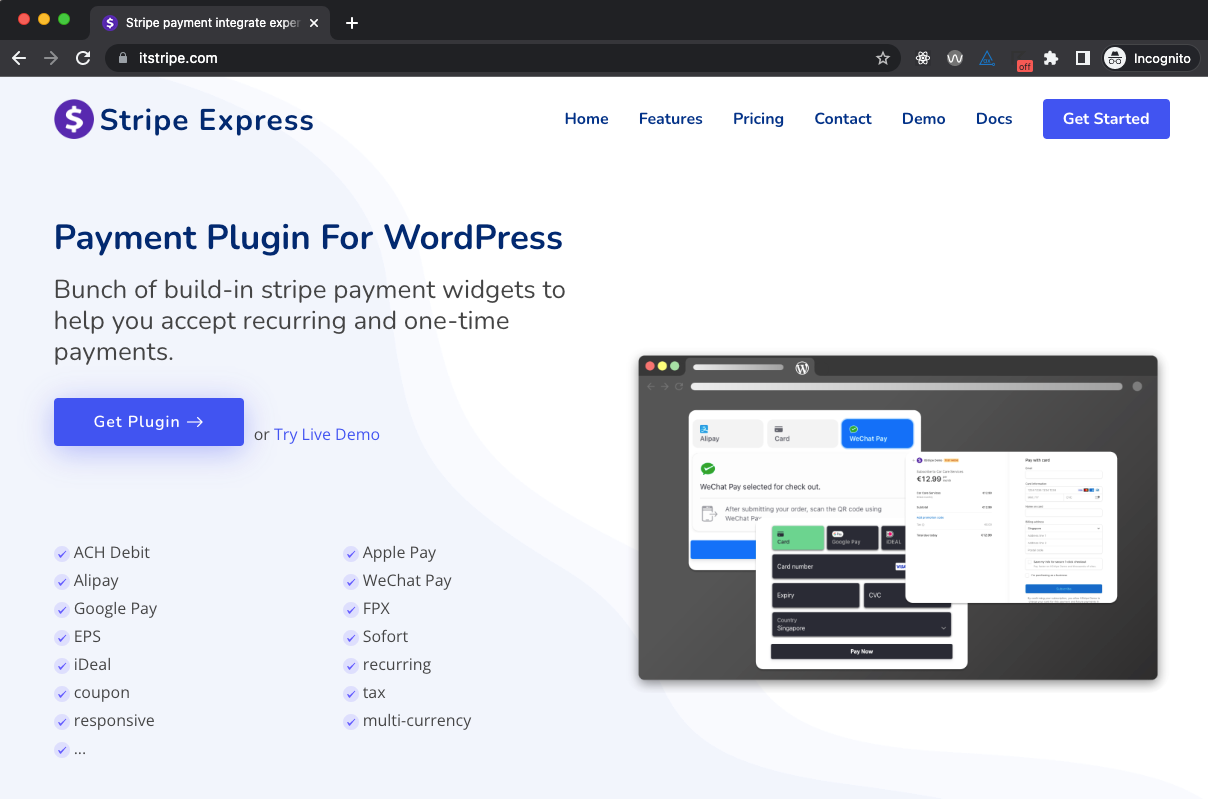之前在公司FEE内部做过一次技术分享,主要关于Mobx在项目中的使用一年后的体验以及和Redux 的一些比较(因为我们项目之前的状态管理选型选择的是mobx,而其他项目组的同学选择主要是Redux或者还在纠结如何选)。
以下都是根据查询各种资料后的个人理解概览
Mobx Overview
Mobx looks like a properties tracking and reaction lib.
基础部分就省了,只说结论:Mobx 看起来是属性追踪及作出相应反应的库,和Redux 不一样的是,他的状态是mutable的。
Mobx 4 & 5
- Mobx 4 Limitations (Observable)
- Mobx 5 Proxy based (Only ES 6 Browser, no polyfill)
Mobx & Third-Party view lib
- mobx & mobx-react
- redux & react-redux
- mobx & mobx-arch & mobx-backbone 有吗???
Mobx 是可以单独使用的,这点和Redux一样,可以不需要依赖于任何UI 库像,React, Vue,当然如果把他们结合到一起,那才能发挥出最大的作用,所以就理所应当的有mobx-react。
我们公司内部有个UI 库叫arch,很老的了,requirejs时代的,比react, vue, angular还早,没有响应式的更新,核心只有一个render 方法,所以其实可以通过Mobx 简单改造为响应式的,一旦外部属性发生变化,就会触发重新渲染,至于内部状态嘛,呵呵,不考虑了,反正这只是个例子。
1
2
3
4
5
6
7
8
9
10
11
12
13
14
15
16
17
18
19
20
21
22
23
24
25
26
27
| var { observable, autorun } = require("mobx");
var Entity = require('xx/xxxx/entity');
var todoStore = observable({
todos: [],
get completedCount() {
return this.todos.filter(todo => todo.completed).length
}
})
autorun(function () {
// For Backbone
this.xxxBackBoneComponent = new Entity({
model: todoStore.todos,
editable: true
});
// For Arch
active.render($html, () => {
this.xxArchComponent = arch.getComponent(xxx);
});
})
todoStore.todos[0] = {
title: "Take a walk",
completed: false
}
|
Mobx Store Design
这是我觉得最难的部分,如何设计好Mobx的Store?官方给出的一个guide 是划分为Domain store 和 UI store。Domain store和Redux的one-single store 可不一样,这里是可以有多个的,像users, books, movies, orders 都可以是一个Domain Store, 至于UI store,暂时我们只是存储一些全局的属性。所以,我们的项目中Store的结构大致如下:
1
2
3
4
5
6
7
| stores
--root.ts
--domain
----aaaStore.ts
----bbbStore.ts
--ui
----application.ts
|
root.ts初始化所有domain和ui store:
1
2
3
4
5
6
7
8
9
10
11
12
13
14
15
16
17
18
19
20
21
| export default class RootStore {
@observable
aaStore;
@observable
bbStore;
@observable
applicationUIStore;
constructor() {
// Domain Store Init
this.aaStore = new AStore(this);
this.bbStore = new BStore(this);
...
// UI Store Init
this.applicationUIStore = new ApplicationUIStore(this);
...
}
}
|
但是在实际的问题中,我们发现大部分的状态其实都是本地UI状态,(也许有人说用setState啊,如果业务复杂,状态很多, 并且基本会依赖其他store,最好抽出来)所以,问题来了,这些ui store我们放在哪里呢?同时,我们需要把Container 组件里的状态隔离开来,为什么隔离,一是因为UT 不好写(因为有inject,所以在UT里需要写很多Provider),二是傻瓜组件更不容易出错,参考Redux的connect用法,我们得到下面的结构:
1
2
3
| ContainerAComponent
--ContainerAComponent.tsx
--ContainerAComponentUIStore.ts
|
ContainerAComponentUIStore.ts
1
2
3
4
5
6
7
8
9
10
11
12
13
| export default class ContainerAComponentUIStore {
rootStore;
constructor(rootStore) {
this.rootStore = rootStore;
}
@observable
addHoc = '';
@action.bound
onAdhocChange = (addHocNewValue) => {
....
}
|
ContainerAComponent.tsx
1
2
3
4
5
6
7
| export class ContainerAComponent extends React.Component {
handleAdhocChange = (e) => {
this.props.onAdhocChange(e.target.value);
}
...
}
export default connectComponentStore(ContainerAComponent, ContainerAComponentUIStore);
|
这样,我们导出了两个组件,一个是ContainerAComponent,就是一个简单组件,我们可以通过传统传props的方式去测试组件核心内容,另一个是HOC组件,其实是不用测试的。
而至于connectComponentStore方法,就是一个很简单的HOC
1
2
3
4
5
6
7
8
9
10
11
12
13
14
15
16
17
18
19
20
21
22
23
24
25
26
27
28
29
| export default (WrapperedComponent, ComponentStore) => {
@inject('appStore')
@observer
class Connect extends React.Component {
@observable componentStore;
constructor(props) {
super(props);
this.componentStore = new ComponentStore(props.appStore);
this.ref = createRef();
}
static displayName = `${WrapperedComponent.displayName || WrapperedComponent.name}-withUIStore`
componentDidMount() {
this.componentStore.mapState(this.props);
}
componentDidUpdate(preProps, preState) {
this.componentStore.mapState(this.props);
}
render() {
return (<WrapperedComponent ref={this.ref} {...this.componentStore.toProps} {...this.props} />);
}
}
return Connect;
};
|
我们业务里,绝大部分都是用到的这种本地UI Store + 简单组件组合这种方式,也许就是所谓的local state component (忘了哪里听到的了)
Mobx-State-Tree(MST)
也许MST在大型项目中使用是个很好的方式,但我们暂时还没有去尝试。
Project Structure
下面是Mobx的一些项目组织结构参考资料:
https://medium.com/@daniel.bischoff/how-to-structure-your-mobx-react-app-8fd6d9d821a4
https://github.com/gothinkster/react-mobx-realworld-example-app
Mobx-React vs Redux-React
个人简单的一些看法:
- Workflow
- Freestyle vs Strict
- OOP styles vs FP
- Small vs Large
- Time-traval problem (Resolved by MST)
- Container components (Inject vs Connect)
- redux-crud-example & mobx-crud-example
https://medium.com/@cameronfletcher92/mobdux-combining-the-good-parts-of-mobx-and-redux-61bac90ee448
https://www.sitepoint.com/redux-vs-mobx-which-is-best/
Learning Redux
在一些小项目中用过Redux, 不得不说,Redux的学习成本要比Mobx高得多,比如下面的点,
redux, reducer, action, container component, selectors(reselect), redux-thunk, normalizing, ducks, and more waiting…
Others links
Decorator (ES7/TS) vs no-decorators
End
如果你有更好Mobx使用的一些心得,欢迎交流!

